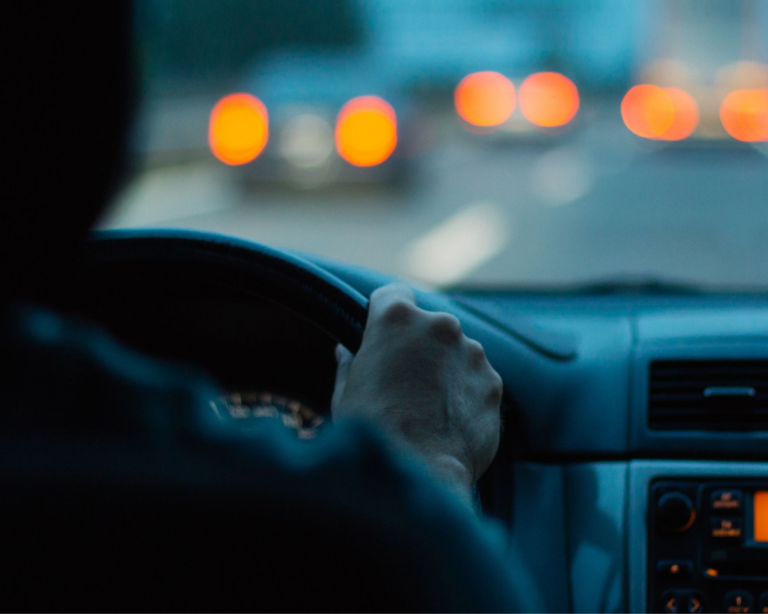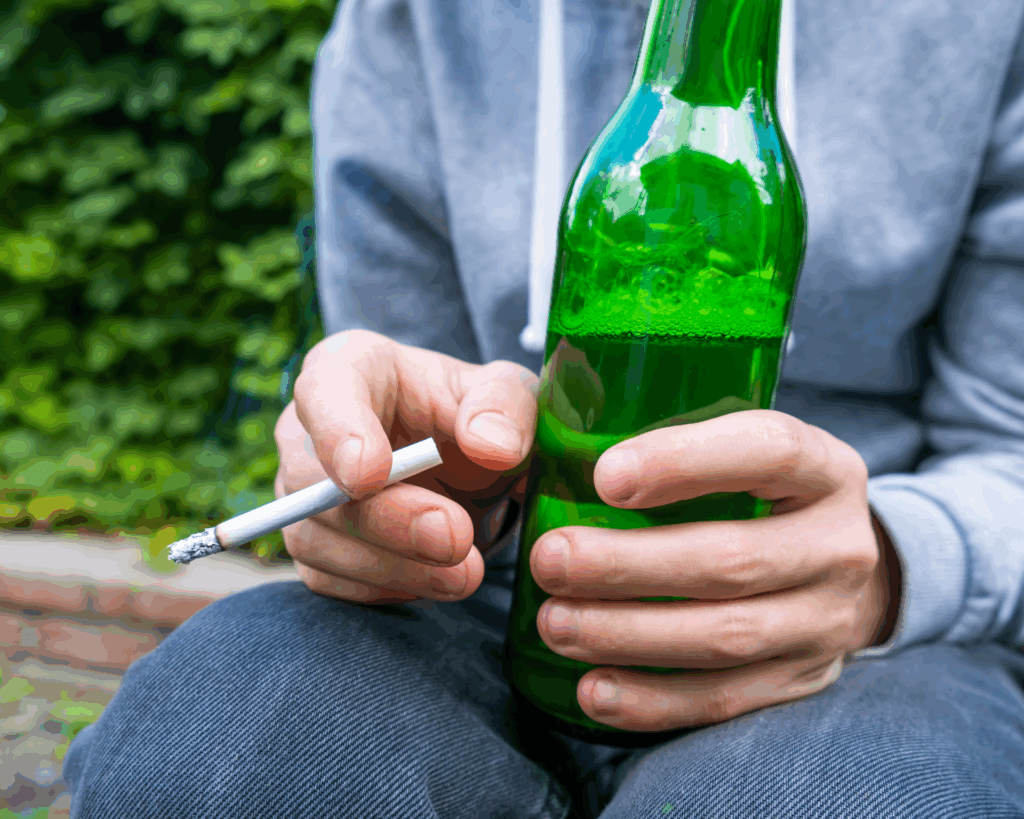Preventing Teens from Driving Under the Influence
By communicating openly about the dangers of drug use and impaired driving, parents play a key role in helping teens avoid risky behaviors.

Read Time: 3 minutes
Published:
When I turned 16, I couldn’t wait to drive. Having my license represented a sense of freedom, the exciting liberty of adulthood, driving around my small town with friends, and taking road trips with family. Even though I wasn’t thinking about it at the time, emancipation came with many risks. Now that many of us are parents, the dangers our children face (and pose) as inexperienced drivers are hard to ignore.
Every year, nearly 258,000 adolescents in the United States are treated in the emergency department for injuries resulting from automobile accidents. Globally, more than 1.2 million people are killed due to road traffic injuries and nearly 50 million are injured, increasing hospitalizations and treatment costs.
Adolescents are more likely than older drivers to engage in risky behaviors behind the wheel such as texting or driving under the influence. In 2022, my colleagues and I analyzed data on teen drugged driving from the National Survey of Drug Use and Health. We found that 2% of adolescents reported driving under the influence of alcohol in the past year; 5.65% drove under the influence of marijuana; and 0.48% drove under the influence of other drugs.
When parents communicate openly about the dangers of drug use and impaired driving, they are key in helping teens avoid risky behaviors.
We recently published a new study, which found that the way we engage with our kids and set expectations can significantly impact their decisions behind the wheel. The research—conducted by researchers at the University of Mississippi, University of San Antonio, and University of Urbana Champaign—analyzed data from thousands of teenagers across the country. The results showed that, when parents are proactive and involved, our teens are much less likely to drive after using drugs.
Overall, an estimated 1.96% of adolescents reported driving under the influence of alcohol, 5.57% drove under the influence of marijuana, and 0.48% drove under the influence of other drugs other than marijuana in the past year. Differences were found in specific parenting behaviors and adolescent drugged and drunk driving.
Parents not checking homework was the biggest risk factor for increased driving under the influence of drugs. If their homework was not checked, adolescents were 1.5 times more likely to drive under the influence of alcohol. We also found that limiting TV time increased the risk (nearly twice as likely) for driving under the influence of marijuana. Although considered a protective behavior, limiting TV time may redirect the child’s focus to other activities and risk behaviors. Previous research found a link between boredom and increased substance use such as cannabis, alcohol, and other substances.
When parents communicate openly about the dangers of drug use and impaired driving, they are key in helping teens avoid risky behaviors. Our research gives me hope that, by being more involved and proactive, we can help our teens avoid the dangers of drugged driving.
It’s about creating an environment of open communication and responsibility. By talking openly with our kids, setting clear expectations, and leading by example, we can make a big difference in keeping our teen drivers safe. For more information on how to have these conversations and support your teens, check out these resources from the National Institute on Drug Abuse.



